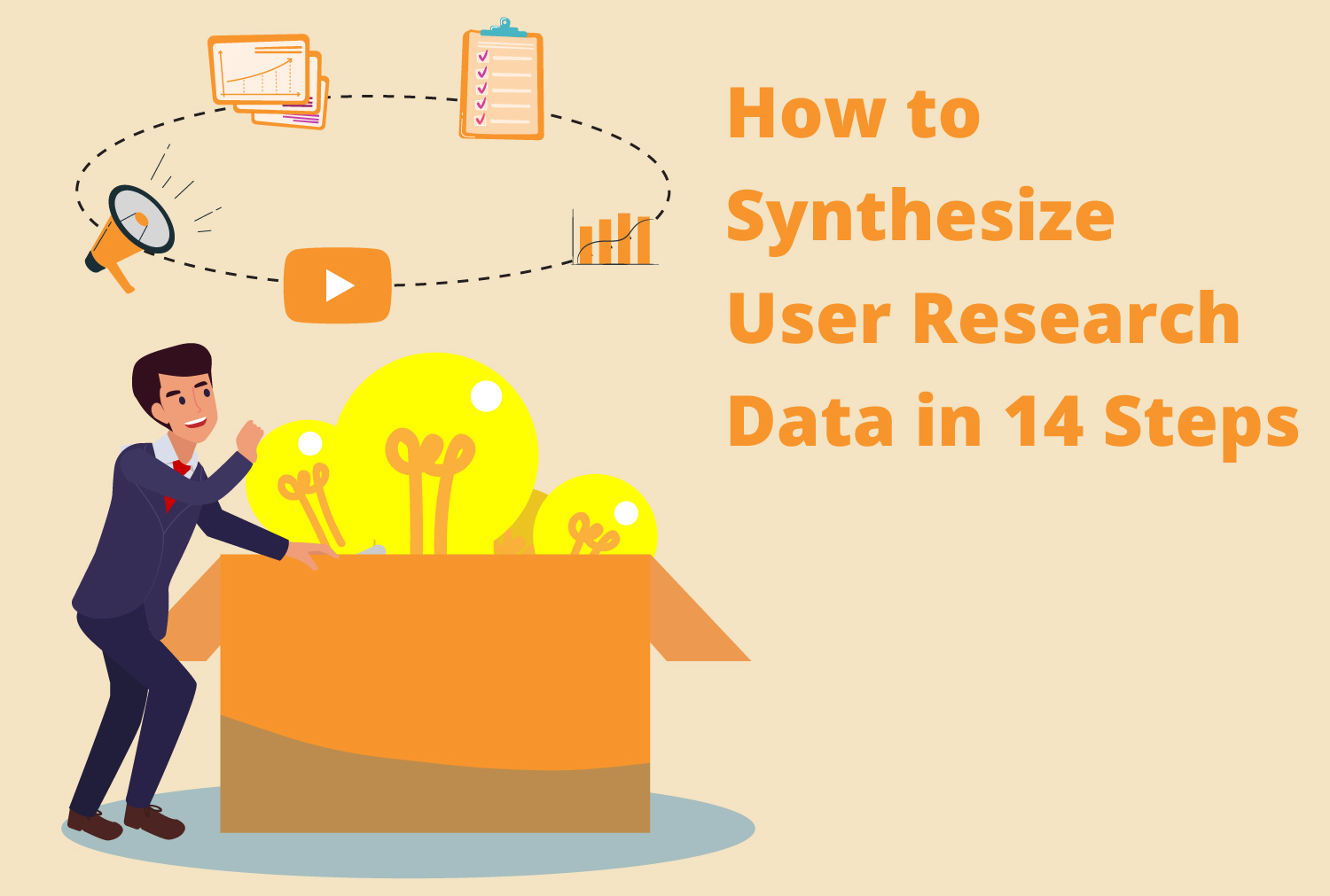When it comes to gaining valuable insights from research, collecting user data is easy. You can create and send out a survey in minutes and schedule user interviews while you’re at it. The real challenge lies in organizing research data and drawing insights that achieve your research objectives.
As you collect data, themes and patterns emerge. The quick and easy road is to look at the emerging trends and conclude based on gut feelings. But personal feelings in research lead to biased recommendations that do not achieve your research goals.
Data synthesis often happens alongside data analysis, where you break down individual parts of a problem to understand the situation better. The best analysis leads to high-level insight alongside a roadmap for implementation. Moreover, these key insights are reliable because they are based on objective evidence, not bias.
So, how do you turn raw, bulky data into the valuable insight you need?
read more… “How to Synthesize User Research Data in 14 Steps“

